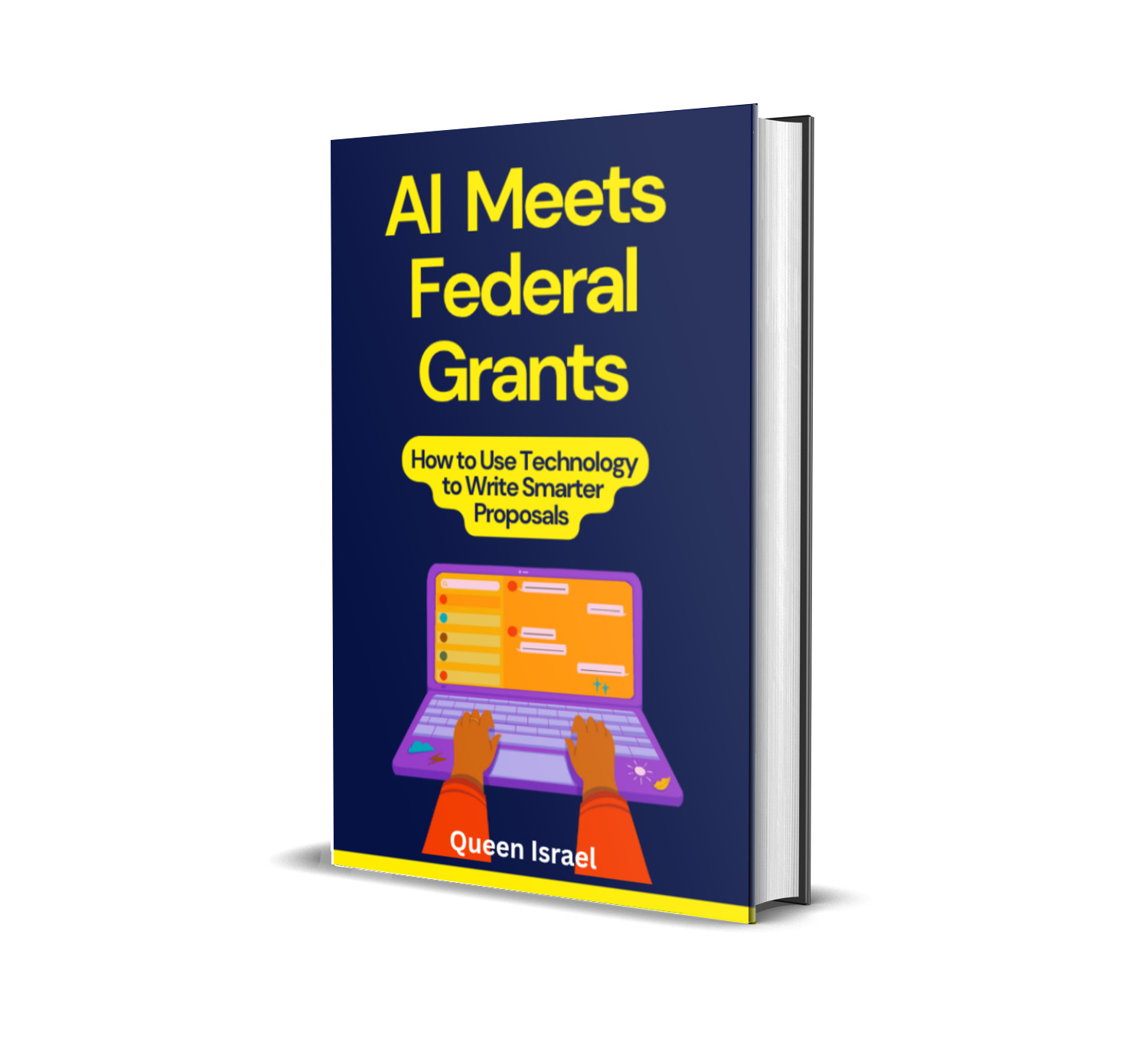Corporate giving isn’t just about writing a check—it’s about building partnerships that deepen your company’s impact and strengthen connections with employees, customers, and the community.
In an era where CSR (Corporate Social Responsibility) shapes public perception and drives long-term growth, giving choosing the right giving model can transform goodwill into measurable results.
Whether you’re a startup aiming to boost team morale or an established brand looking to amplify your social footprint, understanding these five core program types will help you craft an approach that aligns with your values and delivers tangible benefits.
From matching gifts that double employee donations to cause marketing campaigns that tie sales to charitable outcomes, each program offers unique opportunities to engage stakeholders, showcase your commitment, and generate positive publicity.
In this guide, you’ll discover practical examples, insider tips, and clear steps to tailor a corporate giving strategy that resonates with your organization’s mission—and makes a real difference where it matters most.
Why Corporate Giving Matters
A well-conceived corporate giving strategy can:
- Enhance brand reputation and customer loyalty by showing authentic commitment to social issues.
- Boost employee morale and retention through purposeful engagement opportunities.
- Cultivate strong relationships with nonprofit partners and community stakeholders.
- Generate positive publicity and differentiate your company in a crowded marketplace.
5 Types of Corporate Giving Programs
1. Employee Matching Gift Programs
Employee matching gift programs encourage employees to donate to eligible nonprofit organizations by matching their contributions, often dollar-for-dollar. These programs harness the philanthropic enthusiasm of staff and amplify their generosity, effectively doubling the impact of individual gifts.
Key Features
- Automated online portals for easy submission of match requests.
- Minimum and maximum match thresholds per employee per year.
- Eligibility criteria defining approved nonprofit partners.
Practical Example
A technology firm sets up a portal where staff can upload donation receipts. The company matches up to $1,000 per employee annually. After the first quarter, data shows $50,000 in donations matched, demonstrating significant boost in community support.
Benefits
- Strengthens employee engagement and sense of purpose.
- Provides nonprofits with predictable revenue streams.
- Showcases the company’s commitment to community welfare.
2. Volunteer Grant Programs
Volunteer grant programs reward employees for their volunteer hours by providing a grant to the nonprofit where they serve. This structure values time as much as monetary support, reinforcing the importance of active participation in community activities.
Key Features
- Defined volunteer-hour thresholds (e.g., 20 hours = $500 grant).
- Tracking systems for logging service hours.
- Open eligibility for a wide range of nonprofit organizations.
Practical Example
A financial services company implements a volunteer grant program offering $250 for every 10 volunteer hours. One branch collectively logs 400 hours supporting a local community garden, earning $10,000 for the nonprofit. This leads to expanded outreach and stronger local media coverage.
Benefits
- Encourages corporate culture centered on civic responsibility.
- Fosters teamwork and employee satisfaction.
- Extends social impact through both time and financial support.
3. In-Kind Donation Programs
In-kind donations involve providing products, services, or expertise instead of cash. This strategy aligns closely with a company’s core competencies, enabling more tailored and effective community support.
Key Features
- Clear inventory lists of available goods or services.
- Coordination channels between corporate volunteers and nonprofit recipients.
- Impact metrics based on units of goods distributed or service hours delivered.
Practical Example
A software developer offers free licenses for its productivity suite to educational nonprofits. Over the year, 100 schools gain access, facilitating remote learning for thousands of students and reinforcing the company’s market position in educational technology.
Benefits
- Maximizes corporate resources by leveraging existing assets.
- Enhances company’s reputation as an industry leader.
- Creates long-term relationships with nonprofit partners.
4. Community Investment Funds
Community investment funds (also called corporate foundations) are endowed pools of capital dedicated to grantmaking or program funding. These funds are often managed by a governing board that sets goals and award criteria.
Key Features
- Multi-year grant cycles for sustained support.
- Rigorous application and review processes.
- Focus areas that reflect corporate values and strategic priorities.
Practical Example
A consumer goods corporation establishes a $10 million community fund targeting sustainability and educational initiatives. Over five years, it awards grants to 50 nonprofits, tracking outcomes such as reduced carbon footprints and improved graduation rates in underserved areas.
Benefits
- Provides nonprofits with reliable, long-term funding.
- Facilitates deeper, strategic partnership and multi-stakeholder collaboration.
- Enhances corporate oversight and transparency in grantmaking.
5. Cause Marketing Partnerships
Cause marketing partnerships link product sales or promotional campaigns with charitable giving, aligning marketing efforts directly with philanthropic outcomes. This approach drives both revenue and social contributions.
Key Features
- Defined percentage of sales donated to a partner nonprofit.
- Joint branding and co-marketing campaigns.
- Performance tracking through sales data and impact reports.
Practical Example
A beverage company launches a limited-edition drink, pledging 5% of proceeds to clean water projects. The campaign features social media content co-created with the nonprofit, resulting in a 20% increase in sales and $250,000 raised for water access in developing regions.
Benefits
- Engages consumers by connecting purchases to meaningful causes.
- Generates earned media coverage and boosts brand awareness.
- Creates measurable links between business performance and social outcomes.
Tips for Designing Your Corporate Giving Program
- Align your giving with core business values and expertise.
- Establish clear metrics for measuring social and business impact.
- Involve employees in program design to foster ownership.
- Partner with reputable nonprofits to ensure effective use of funds.
- Communicate outcomes transparently to all stakeholders.
By following these best practices, your organization can craft a corporate giving program that not only supports vital community needs but also reinforces your brand’s reputation, fosters employee engagement, and drives tangible business results.
Conclusion
5 Types of Corporate Giving Programs illustrate the diverse pathways companies can take to contribute meaningfully to social welfare.
From matching gift and volunteer grant schemes that engage employees, to in-kind donations leveraging core expertise, each model offers unique advantages.
Community investment funds provide structured, long-term grantmaking capacity, while cause marketing partnerships fuse brand growth with philanthropic impact.
Adopting a proactive and strategic approach to CSR not only fosters goodwill and enhances brand equity, but also cultivates a workplace culture where employees feel empowered to contribute beyond the balance sheet.
Embrace these five models to expand your corporate giving footprint, strengthen your social responsibility, and achieve lasting, measurable outcomes.
Call to Action:
Subscribe to the Grant Academy Newsletter for exclusive insights, case studies, and practical tools that turn your grant proposals into winning applications.
Become a Founding Member Today
For organizations committed to securing awards, become a founding member at just $1,999 per year and unlock personalized coaching, proposal templates, and resource libraries designed to help you win $25K–$100K grants.





